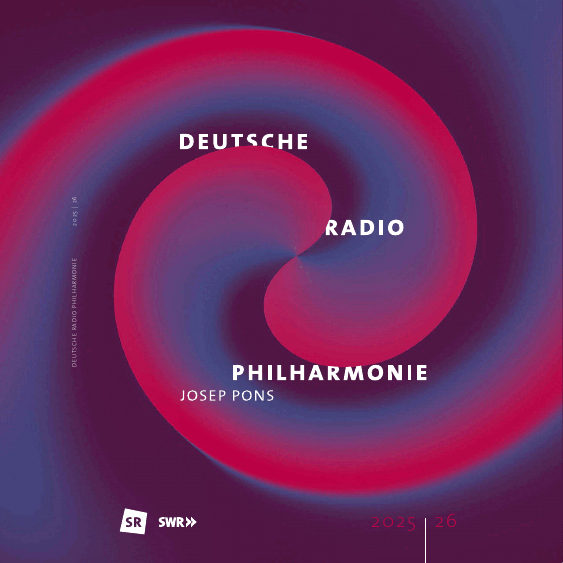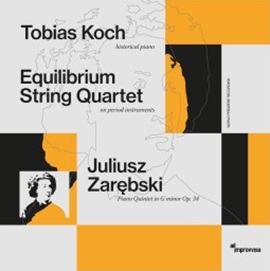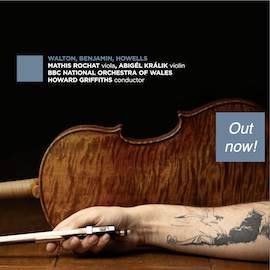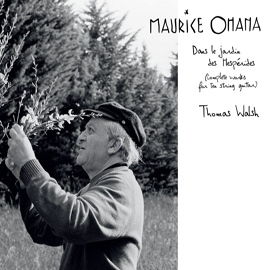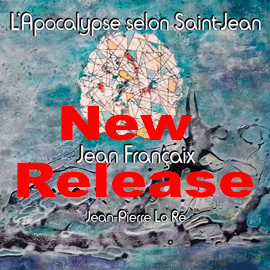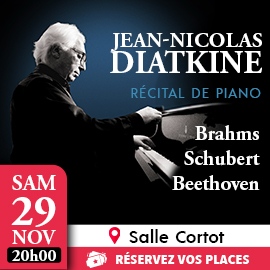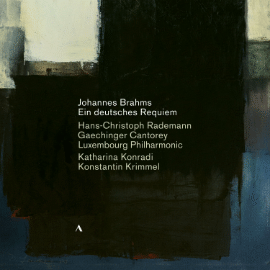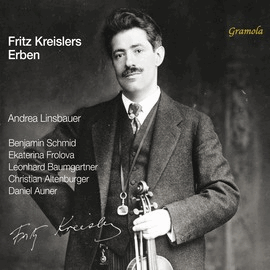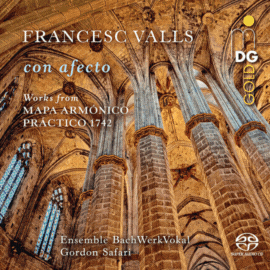Das Gemälde von Thomas Gainsborough, dass den Freund, Musikerkollegen und Einwohner aus Ipswich, Joseph Gibbs, im Jahr 1755 zeigt, mag bekannter sein als Gibbs’ Musik. Dabei war er sowohl als Komponist als auch als Interpret sehr angesehen. Privat war er wegen seiner Sanftmut, Einfachheit und Integrität beliebt und respektiert. 1698 in Colchester geboren, blieb er als Organist in Harwich, Dedham und Ipswich der Region East Anglia weitgehend treu.
Neben einigen Orgelstücken sind nur zwei Werkreihen bekannt: die Acht Solos für Violine mit Generalbass, op. 1 (ca. 1746), und Sechs Quartette für zwei Violinen, Tenor und Violoncello oder Cembalo, op. 2 (1777). Der Abonnementsbezug der Noten durch bedeutende Musiker der Zeit deutet auf Gibbs’ Bekanntheit und Popularität hin.
Seine Violinsonaten werden verschiedentlich als die besten englischen im 18. Jahrhundert angesehen. Aus dem Gemälde sind die Namen Corelli und Gem(iniani) ersichtlich, so dass der Einfluss ihrer Kompositionen auf Gibbs nahe liegt.
Seine Werke nehmen eine musikalische Entwicklung der zweiten Hälfte des Jahrhunderts vorweg. Sie sind stark chromatisch und zeigen eine merkwürdige Mischung aus dem älteren Stil wie bei Händel und Corelli, der mit moderneren, galanten Elementen verschmolzen wird.
Fortgeschrittene akkordische Streichersätze gehören ebenso dazu wie seine Vorliebe für Variationen. Die Nutzung sogenannter schottischer Elemente, Scotch Snaps, spiegelt den Zeitgeschmack wider.
The Brook Street Band hat sich dieser Stücke angenommen und präsentiert die Musik mit den genannten Merkmalen, so dass man die Brückenfunktion dieses Komponisten zwischen Barock und galantem Stil in diesen geschmackvollen Interpretationen gerne nachvollzieht.
The painting by Thomas Gainsborough, depicting his friend, fellow musician, and fellow Ipswich resident Joseph Gibbs in 1755, may be better known than Gibbs’ music. Yet he was highly regarded both as a composer and as a performer. Privately, he was loved and respected for his gentleness, simplicity, and integrity. Born in Colchester in 1698, he remained largely loyal to the East Anglia region, serving as organist in Harwich, Dedham, and Ipswich.
Apart from a few organ pieces, only two series of works are known: the Eight Solos for Violin with Basso Continuo, Op. 1 (ca. 1746), and Six Quartets for Two Violins, Tenor and Violoncello or Harpsichord, Op. 2 (1777). The fact that prominent musicians of the time subscribed to his sheet music indicates Gibbs’s fame and popularity.
His violin sonatas are widely regarded as the best English sonatas of the 18th century. The names Corelli and Gem(iniani) are visible in the painting, suggesting that their compositions had a significant influence on Gibbs.
His works anticipate the musical developments of the second half of the century. They are highly chromatic and display a curious mixture of the older style, as found in Handel and Corelli, blended with more modern, gallant elements. Advanced chordal string writing is as much a part of this as his preference for variations. The use of so-called Scottish elements, “Scotch Snaps,” reflects the taste of the time.
The Brook Street Band has taken on these pieces and presents the music with the aforementioned characteristics, so that one can easily understand the composer’s role as a bridge between the Baroque and gallant styles in these tasteful interpretations.



